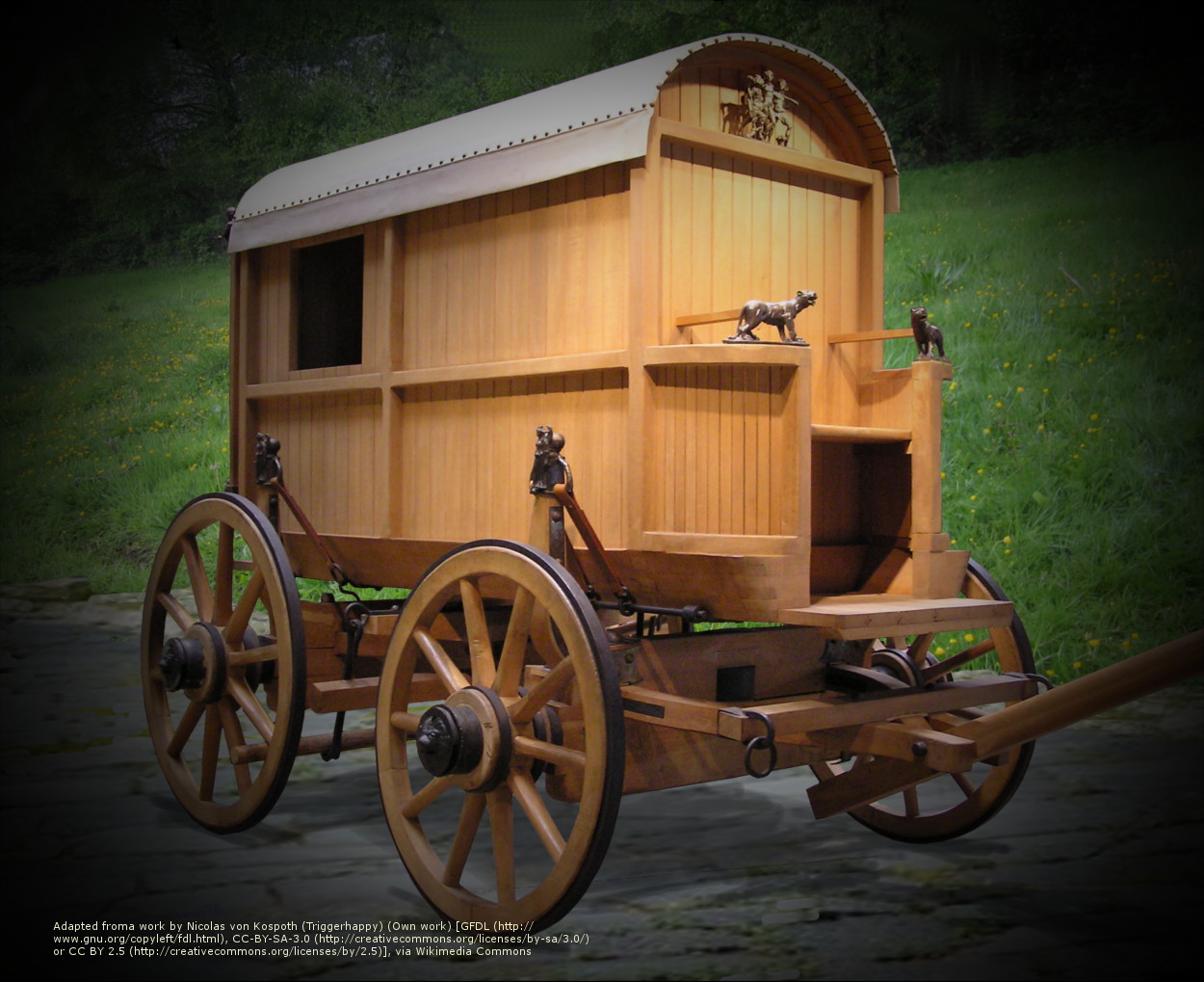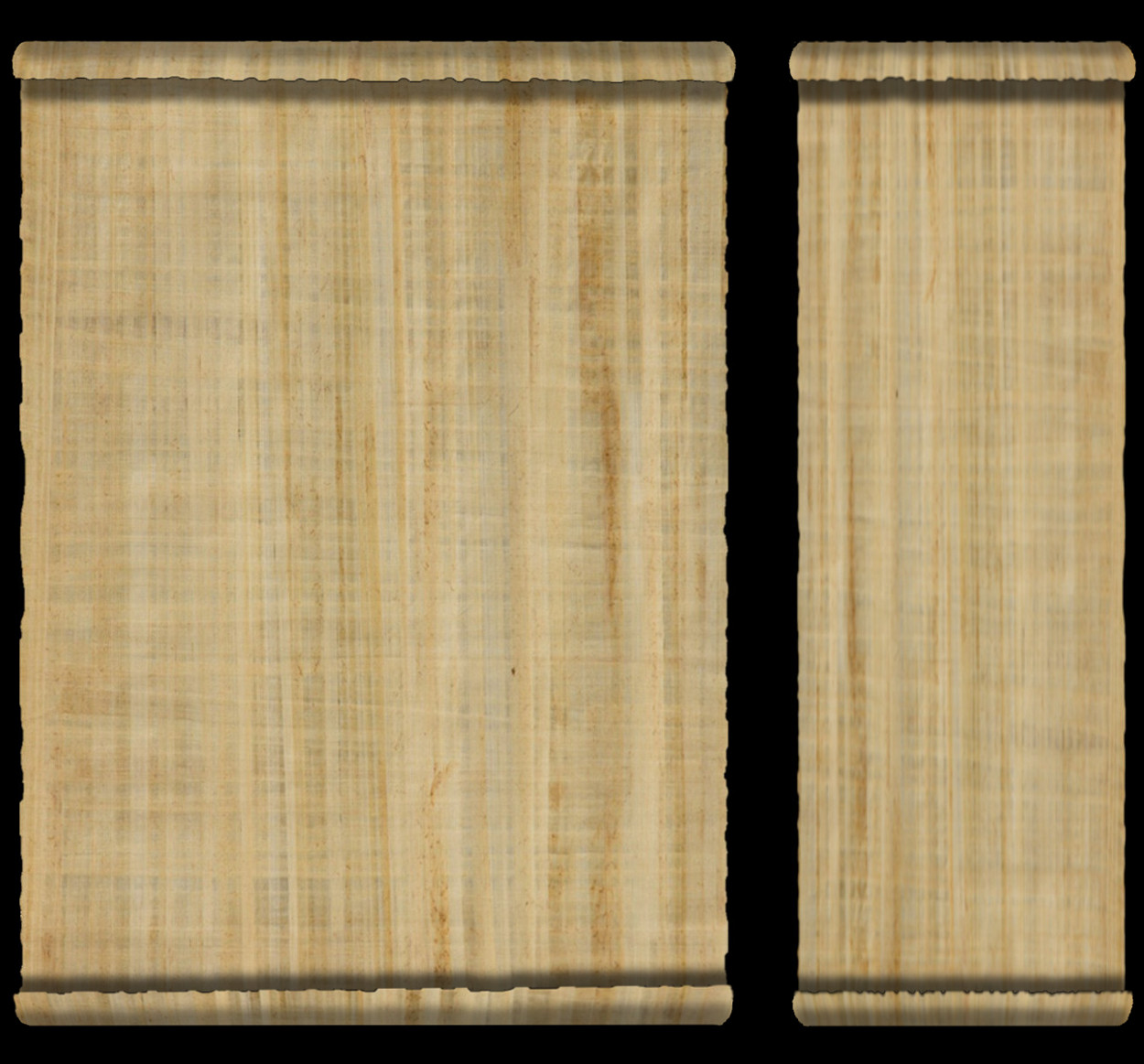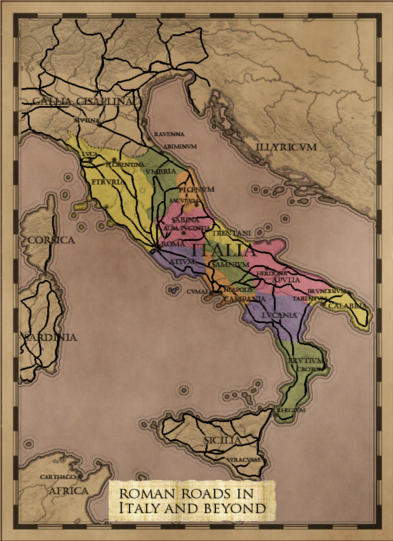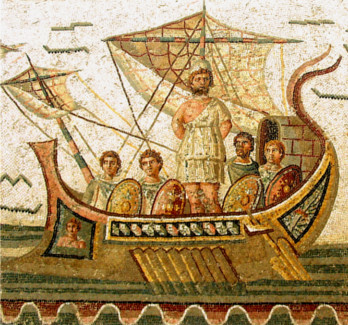


Ancient Roman Transportation
Over time, Rome developed the most sophisticated network of roads the world had ever seen. The system of well-built roads was created to facilitate the movement and supplying of military troops, but in the end it improved trade and allowed people to travel freely and quickly across vast areas of the world. People could travel to other lands to study and for leisure. By the height of the Roman Empire, there were over 50,000 miles of roads connecting Rome with the world. The roads spanned throughout Western Europe, the Near East, and North Africa.
One of the earliest true paved road built by Romans was the Appian way (Via Appia). This road starts within the city walls of Rome and extended some 370 miles southeast to the city of Brindisi. In 312 BC, the road’s construction was set in motion and financed by the wealthy magistrate, Appius Claudius Caecus. Parts of the original road still survive to this day. From that bold beginning the Romans created a system of roads that radiated outward from the forum at the center of Rome.
 Roman roads were built with the movement of troops in mind and milestones were set up at regular intervals telling the commander of an army or a regular traveler how far he was from the city of Rome or the nearest town. The roads were built with three levels of substructure, making them solid. The roads bulged in the center to allow rainwater to run off as well. However, Roman roads were not ideal for horses or carts. The paving stones didn’t provide a secure footing for hoofed animals and suspension systems for wheeled vehicles had not yet been developed, so the uneven surface made for a rough ride. As a result, there was often a cleared path beside roads for easier animal traffic unless the weather produced too much mud.
Roman roads were built with the movement of troops in mind and milestones were set up at regular intervals telling the commander of an army or a regular traveler how far he was from the city of Rome or the nearest town. The roads were built with three levels of substructure, making them solid. The roads bulged in the center to allow rainwater to run off as well. However, Roman roads were not ideal for horses or carts. The paving stones didn’t provide a secure footing for hoofed animals and suspension systems for wheeled vehicles had not yet been developed, so the uneven surface made for a rough ride. As a result, there was often a cleared path beside roads for easier animal traffic unless the weather produced too much mud.
Travel by sea was generally faster and easier than land travel, provided the weather cooperated, but the Romans were uneasy sailors and did not like to leave the Mediterranean Sea for the Atlantic Ocean. Sea travel was severely limited in the winter due to an increase in stormy weather in the Mediterranean. So a system of roads was essential for the movement of troops and a robust economy. Roman transport ships were built to carry large amounts of cargo in their deep bellies. Most transport ships could hold about 3000 amphorae of wine, olive oil, or grain, but larger ships that could hold more than three times that amount were also in use.

For naval warfare, it was impossible to rely on wind power to fight a battle. Therefore, Romans used triremes, with three banks of oars and a bronze battering ram on its bow. These battleships grew in length over time until the largest ones were over 400 feet long.
Roman transport brought the world together and unified the Empire. The routes between many cities and towns in Europe and the Near East follow the paths laid out by Roman road builders over two thousand years ago.
These links are being provided as a convenience and for informational purposes only; they do not constitute an endorsement or an approval by Nomenclator Books or Bill O'Malley of any of the products, services or opinions of the corporation or organization or individual. Nomenclator Books and Bill O'Malley bears no responsibility for the accuracy, legality or content of the external site or for that of subsequent links. Contact the external site for answers to questions regarding its content.



















